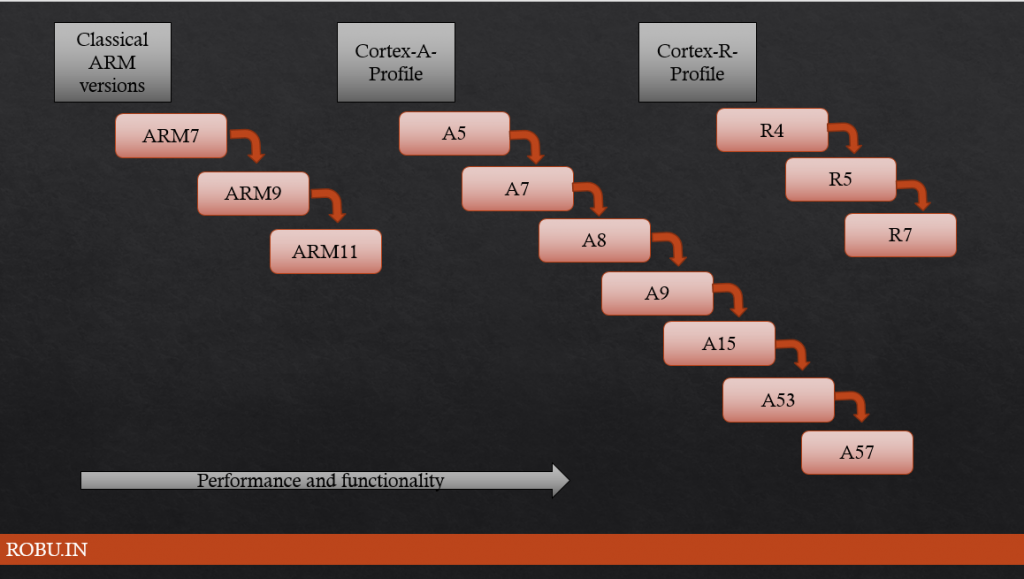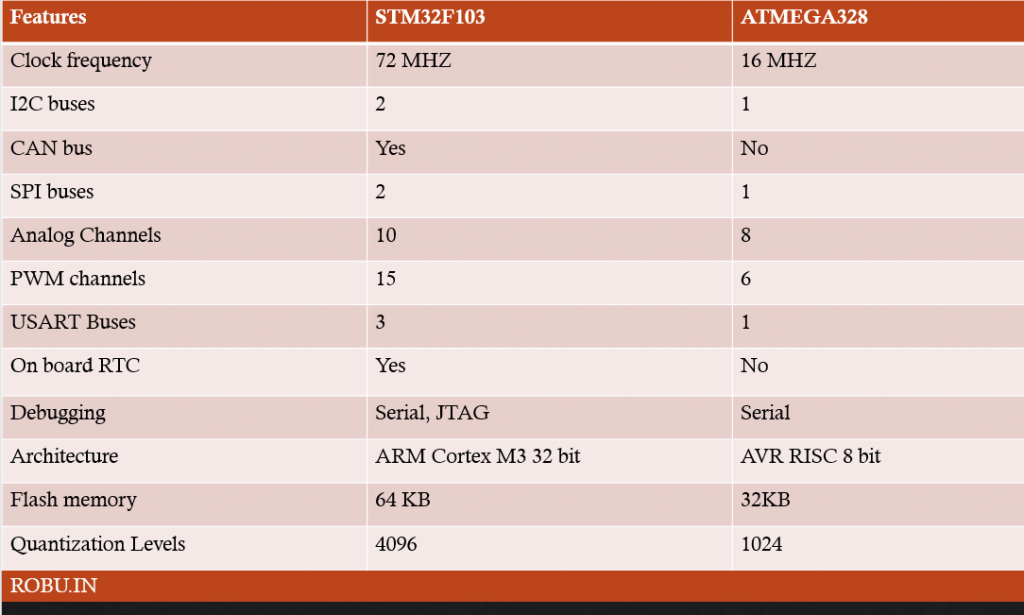All About ARM Architecture
ARM is the industry’s leading supplier of microprocessor technology in today’s world. Moreover, with the advancements in ARM architecture and the upgraded lithography process in the semiconductor industry, we can expect several new and exciting products.

Recently, the development of gadgets with effective computing skills is at the peak. The brain of these computational powerhouses is based on the technology called ARM. It brings a new level of next-generation system development along with integrated functional features. Let's glance at what it is and how it precisely develops its patterns in this era.
History:
The first batch of ARM systems was dependent on BBC Micro, Masters and Archimedes too. The ARM became the first commercial RISC processor in 1987. Afterwards, the Research Department of Acron was separated from the parent company in 1990 to establish ARM Ltd. (Advanced RISC Machines Limited).
ARM Holdings develops its architectures, designs, and licenses to other organisations such as Apple, Qualcomm, etc., which use one of those architectures to design their chips. These dies are then used to create end-user devices. Nowadays, companies that manufacture ARM Microchips are Apple, Samsung Electronics, Applied Micro, Texas Instruments, Broadcom STMicroelectronics, Cypress Semiconductor, and Nvidia.
What is ARM?
ARM represents Advanced RISC (Reduced Instruction Set Computer) machine. The ARM often uses 32-bit instruction set architecture and also operates on low power.
Many embedded systems and Soc devices use the ARM architecture. It is integrated with smartphones, microcomputers, digital media, music players, calculators, servers, and even supercomputer architecture. The reduced circuit complexity of ARM makes it suitable for low-power applications and also an ideal fit for small-sized devices.
Features:
- The address range of the processor is 26 bit wide.
- Single-cycle execution of instructions using RISC architecture.
- Access to memory and data is possible using 32 bits.
- Can access 64 MB of memory directly.
- There can be multiple modes of address.
- Programmable stack addressing and subroutines.
Evolution :
ARM designs use a unique approach for hardware configuration and similarly for operating system start-up. Some years ago, ARM launched a new generation of its core named CORTEX. The ARM is classified into the below sections:
- CORTEX-Ax
- CORTEX-Rx
- CORTEX-Mx
The following table elaborates more about these Cortex families.

ARM Cortex-R is one of the three profiles of ARM. It is used in real-time and safety-critical applications wherever low latency and great safety is required. This profile does not have a memory management unit. For application purposes, ARM Cortex-A is the choice.

M0, M1, M3, M4, and M7 are the subfamilies of the Cortex-M series. Moreover, the newly introduced M7 is the most efficient version of the Cortex family.

The STM32 series of 32-bit microcontrollers are based on the Arm Cortex-M cores. It is introduced to provide extra degrees of freedom to MCU. High performance, real-time capabilities, digital signal processing, low-power operation, likewise connectivity are notable features of STM32. The ARM core layout has various configurable options. ST connects its peripherals to the core before converting the design into a silicon chip.

Interpreting Part Number of STM:
STM32F051R8
STM32 xx ww y z
*xx - Family
*ww- Subtype in the equipment of peripherals.
*y- Package pin count.
*Z- FLASH memory size.
Applications that require primitive libraries use Arduino boards. In contrast, the projects that require advanced manipulations use sophisticated platforms like STM32.

Benefits:
- Energy-Efficient- Ideal for battery-operated devices as they have good performance per watt.
- Low power operation- It consumes less power.
- Exceptional Performance - Remarkable processing capabilities.
- Divergent Computing- Architecture has multi-cores.
- RISC Architecture- Small instruction formats, few numbers of instructions, and few addressing modes.
- Arm Ltd. Licensing- Allow a great degree of freedom and flexibility concerning cost control and hardware-software integration.
- Elementary Circuit- Compact in size.
- Work Faster- Quicker response as performing one task at a time.
Limitations:
- Software Incompatibility- Programs or apps written on x86 architecture will not work on ARM-powered devices without any modifications.
- The capability of Programmers- Its performance is based on the quality of code written by developers due to RISC.
Future of ARM:
In the mainstream market of electronic devices, the ARM architecture has become very popular. The demand is due to the performance and power efficiency of processors. It can also be proved using cases like A-series processors in iPhones and M-series processors in Apple Inc. in 2020.
ARM is the industry's leading supplier of microprocessor technology in today's world. Moreover, with the developments in ARM architecture and the improved lithography process in the semiconductor industry, we can expect several new and exciting products. Accordingly, it is a great possibility that ARM would provide us with devices having excellent performance and high efficiency in the future.
Final words:
In this article, I have proposed the fundamental introduction to ARM architecture. Further, we will learn about ARM processors, their programming, and various interesting projects. If you like this post, let us know your thoughts in the comment section.






